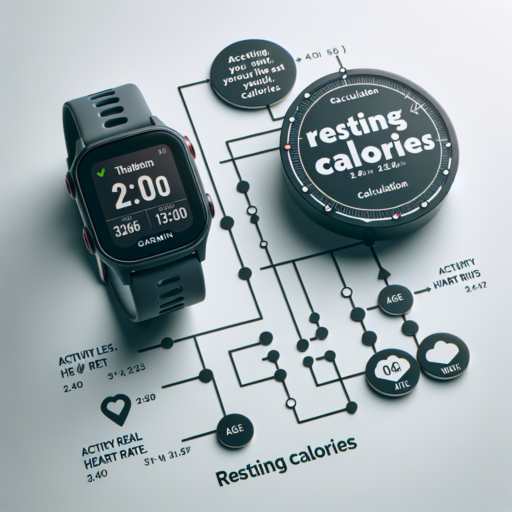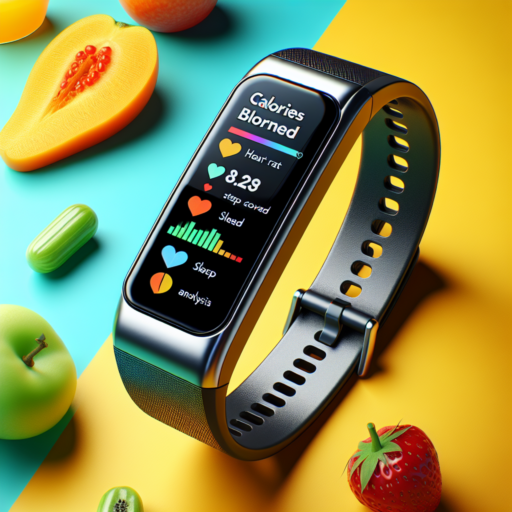No se han encontrado productos.
Does Fitbit overestimate calories burned?
Many Fitbit users often question the accuracy of the calories burned data reported by their devices. This query stems from a general curiosity about the technology behind wearable fitness trackers and their ability to provide reliable health metrics. Understanding whether Fitbit overestimates calories burned is crucial for individuals relying on this data to manage their weight and improve their fitness levels.
Fitbit calculates calories burned through a combination of personal user data, including weight, age, gender, and heart rate, along with the duration and intensity of physical activity. This method, while sophisticated, can sometimes lead to discrepancies in the number of calories burned reported by the device. Factors such as the fit of the device on the wrist, the specific activities being performed, and even the individual’s metabolic rate can influence the accuracy of Fitbit’s calorie burn estimates.
Accuracy of Fitbit’s Calorie Estimates
To address concerns about overestimation, it’s worth noting that Fitbit employs algorithms that are continuously refined based on a vast amount of data collected from its user base. However, despite these efforts, no wearable fitness tracker, including Fitbit, can claim to be 100% accurate in terms of calorie burn estimation. Fitness professionals often recommend using Fitbit’s calorie burn data as a general guide rather than an exact number, suggesting a margin of error that users should consider.
Why does my Fitbit say I burned so many calories?
Often, Fitbit users are surprised by the high number of calories their devices report they’ve burned throughout the day. Understanding the factors that lead to these readings can provide clarity. Fitbit devices calculate calorie burn based on a combination of your basal metabolic rate (BMR) and active calories burned. BMR is the number of calories your body needs to maintain basic bodily functions at rest. This number is determined by your age, height, weight, and gender. Therefore, a significant portion of the calories your Fitbit says you burned is simply to keep you alive and functioning.
Moreover, Fitbit devices use a 3-axis accelerometer to track movement and an algorithm to convert that movement into an estimate of calories burned. Every activity from walking to your desk, brushing your teeth, or going for a run contributes to your overall calorie count. This comprehensive approach to tracking helps in providing a holistic view of your day’s energy expenditure, potentially explaining why the numbers may seem unexpectedly high.
Another aspect to consider is the effectiveness of your device’s personalization settings. Fitbit allows users to customize their physical features accurately within the app, improving the accuracy of calorie burn estimates. An outdated weight, height, or age can result in skewed data, leading to higher or lower calorie burn reports. Regularly updating your Fitbit profile ensures that the calorie count is more tailored to your current physical state.
How does Fitbit know how many calories I burn?
Understanding how a Fitbit calculates the number of calories you burn can help users better utilize their device for fitness and health goals. Essential to this process is the device’s use of a 3-axis accelerometer to track motion patterns. This accelerometer measures your movement in every direction, providing a comprehensive dataset on your daily physical activities, from walking to more vigorous exercises.
Additionally, the Fitbit device incorporates your personal data, such as weight, height, age, and gender, to make the calorie count more accurate. By combining this personal information with the intensity and duration of your activities, tracked through the accelerometer, the Fitbit utilizes sophisticated algorithms to estimate how many calories you have burned. This process underscores the importance of setting up your Fitbit accurately with your current personal information.
Role of Basal Metabolic Rate (BMR) in Fitbit Calorie Tracking
Alongside the active calories burned during exercises and movements, Fitbit also accounts for the calories you burn at rest, known as your Basal Metabolic Rate (BMR). BMR is calculated based on the personal data you provide and reflects the number of calories your body needs to maintain basic physiological functions like breathing and circulation. By continuously incorporating your BMR with calories burned through physical activity, Fitbit gives you a comprehensive view of your total caloric expenditure throughout the day.
What is the most accurate calorie burn tracker?
Finding the most accurate calorie burn tracker is crucial for anyone dedicated to a detailed fitness regime. There is a sea of options available, but certain features set the best apart. Accuracy isn’t just about the numbers; it involves sophisticated algorithms and the integration of personal data to tailor results specifically to your body type and exercise routines.
Many experts suggest that devices equipped with heart rate monitors and GPS capabilities tend to offer more precision. Heart rate-based calculations are pivotal because they more accurately reflect your body’s effort level and the intensity of your workout, as opposed to trackers that solely rely on steps or movement patterns. GPS, on the other hand, enhances accuracy for distance-based activities like running or cycling by providing precise speed, distance, and pace data.
Top Features to Look For
- Integrated heart rate monitor: For capturing the intensity of your workouts.
- GPS functionality: Essential for distance-based exercises and getting precise metrics on speed and pace.
- Multisport tracking: Allows for a broad spectrum of activity types to be accurately recorded.
- Water resistance: A key feature for swimmers or for tracking workouts in all weather conditions.
While no device can claim 100% accuracy, those that offer customization options, such as inputting personal metrics (age, weight, height, and gender), alongside advanced sensor technology, often come closest. The integration of these aspects ensures that the data reflects your personal response to physical activity, making it a potent tool for anyone serious about their fitness goals.




